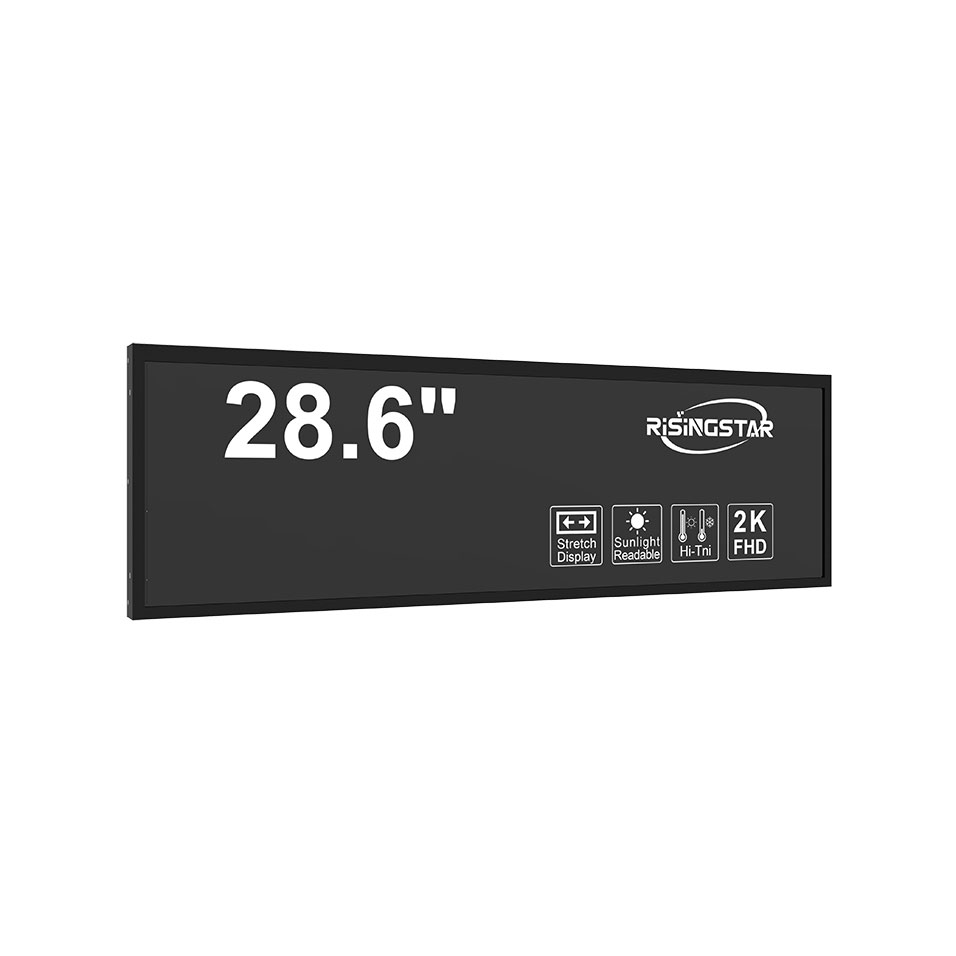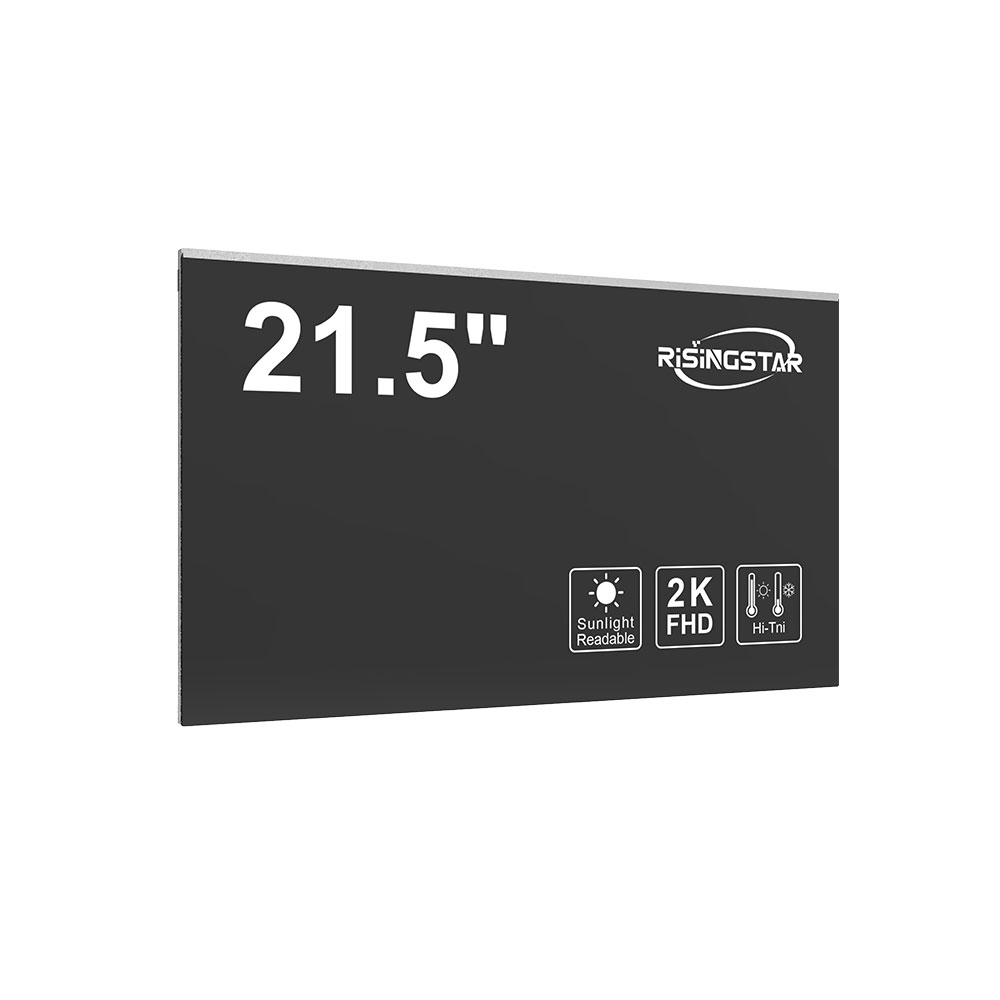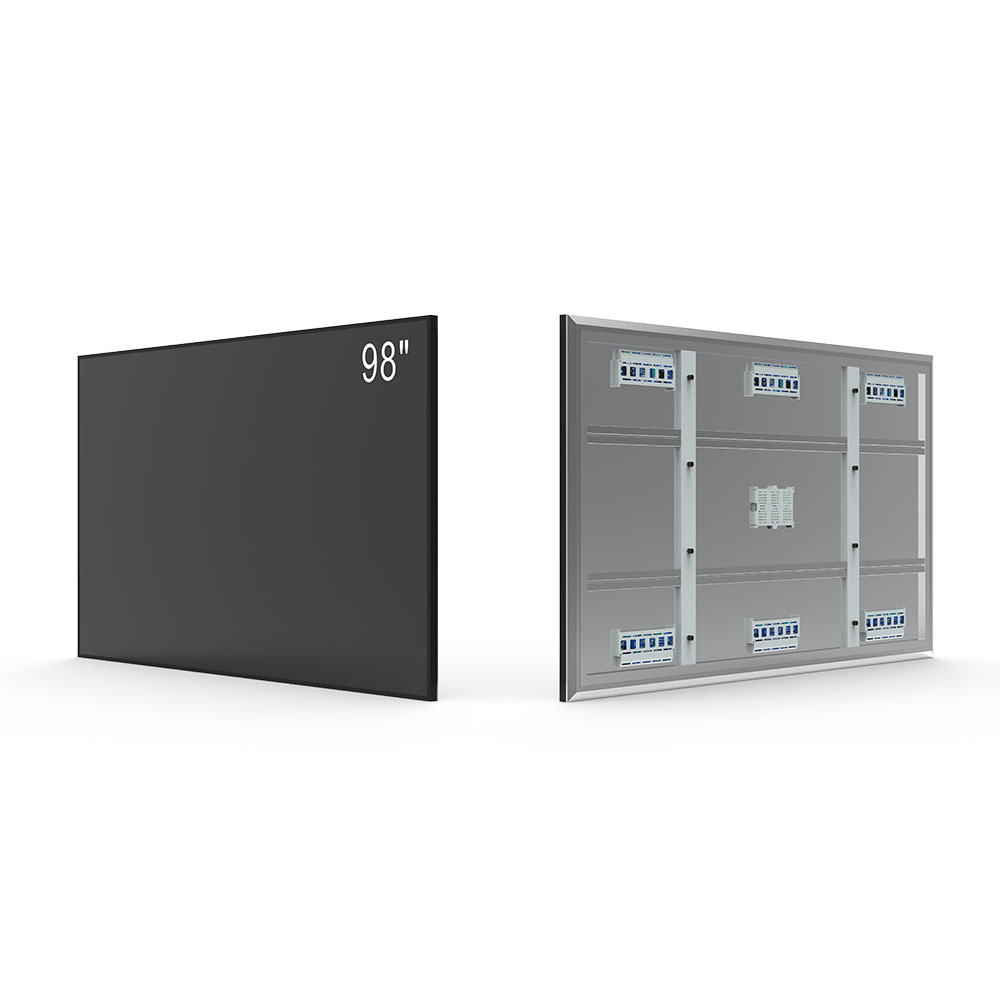- Home
- About Us
- Products
- News
- Video
- Contact
- Send Inquiry
Search
- Home
- About Us
- Products
- News
- Video
- Contact
- Send Inquiry

When deploying digital signage in outdoor environments, selecting the right LCD screen is critical—not only for visual clarity but also for long-term performance under extreme conditions. Unlike indoor displays, outdoor LCD screens must withstand UV exposure, temperature fluctuations, humidity, rain, and even vandalism. Therefore, understanding the technical specifications and real-world application scenarios is essential for making an informed choice.
Introduction
Outdoor LCD screens are increasingly used in retail, transportation, advertising, and public safety applications due to their ability to deliver high-impact visuals in open spaces. However, many businesses fail to account for environmental factors that can drastically reduce screen lifespan or compromise readability. A well-chosen outdoor display should offer brightness levels above 5,000 nits, IP65 or higher protection, and advanced thermal management systems—features that are often overlooked during procurement.

Main Body
The first consideration is brightness. Standard indoor LCDs typically max out at 300–500 nits, which is insufficient under direct sunlight. Industry best practices recommend a minimum of 5,000 nits for full-day visibility, especially in urban settings where ambient light levels can exceed 10,000 lux. This is supported by SMPTE (Society of Motion Picture and Television Engineers) standards, which define optimal luminance for outdoor digital signage.
Next, weather resistance is crucial. The Ingress Protection (IP) rating determines how well a screen resists dust and water. For outdoor use, an IP65 or IP68 rating ensures protection against splashing water and dust ingress—key for installations near highways, train stations, or coastal areas. Additionally, some manufacturers incorporate anti-condensation heating elements to prevent fogging in humid climates, as seen in case studies from Tokyo’s metro system and Dubai’s outdoor malls.

Another vital factor is thermal management. High temperatures can degrade panel components over time. Professional-grade outdoor LCDs include passive cooling via aluminum heatsinks and active ventilation systems with filters that maintain internal airflow without allowing dust buildup. According to a 2023 study by the University of California, San Diego, effective heat dissipation extends screen life by up to 40% compared to poorly ventilated models.

Finally, consider durability and maintenance. Ruggedized frames made from stainless steel or polycarbonate enhance impact resistance. Some manufacturers now integrate self-diagnostic software that alerts operators to potential failures before they occur—a feature proven to reduce downtime in commercial deployments across Europe and North America.
Conclusion
Choosing the right outdoor LCD screen isn’t just about buying a larger or brighter display—it’s about aligning technical specifications with real-world environmental demands. By focusing on brightness, weatherproofing, thermal control, and durability, organizations can ensure their digital signage remains functional, clear, and cost-effective for years. Always consult industry standards like IEC 60529 (for IP ratings) and SMPTE ST 428-1 (for brightness) when evaluating options. With the right selection, outdoor LCDs become powerful tools for engagement, not just costly liabilities.